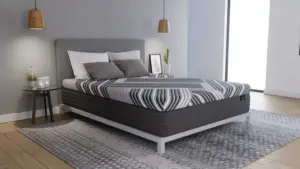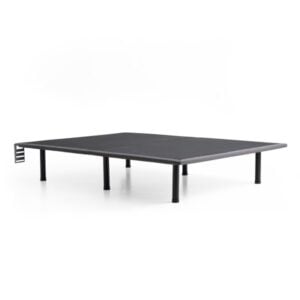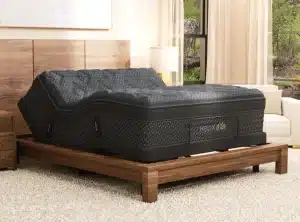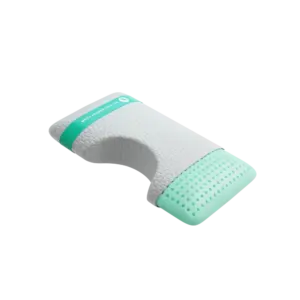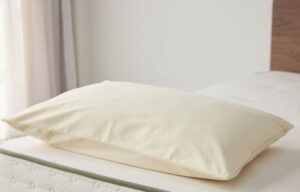It’s estimated that 22 million Americans have OSA and 80% of them are undiagnosed. Why?
I believe that many of them know or strongly suspect they have OSA. Many of them have friends that have it or died from its complications. It’s generally known that Obstructive Sleep Apnea, untreated, reduces life expectancy. So what are the reasons people don’t get diagnosed and treated?
A lot of those people won’t subject themselves to the most common treatment, the dreaded CPAP machine with those god-awful masks.
It was like “a hurricane blowing up my nose.”
“Wearing the CPAP machine felt equivalent to sticking my head out of a car window going 30 miles an hour. And I just couldn’t keep my mouth shut for more than an hour to breathe through my nose.”
Stories like this are the norm:
“I have had two of these things and could never use them. The first one was prescribed about 13 or 14 years ago, when I was still married. I was able to wear it for a few weeks and I did get better sleep with it for a while, but then it became so irritating to me that I was tearing it off when asleep and then later it just kept me up all night if I tried to use it.
Later my doc ordered a different one, with a gel mask and some kind of humidifier attached to it. I think I used it once or twice and that was enough for me. I think there are pieces of it in one of my closets.”
Admittedly, CPAP treatment is far from ideal. CPAP compliance is often defined as using the therapy for an average of 4 hours a night for at least 70% of the nights, a level of usage that already seems like poor compliance. Even with that marginal requirement for compliance, 3 studies show that somewhere between 29% and 83% of patients are still not found to be compliant. For many undiagnosed people this certainly seems like a pretty good reason not to bother getting diagnosed.
Some of the big complaints relate to CPAP’s high pressure causing discomfort, wakefulness, claustrophobia, dry nose and dry mouth. Higher pressure is needed when one’s mouth is open because air escapes through the mouth lowering the air pressure that is needed to keep the throat open to prevent obstructed breathing. People have tried chin straps, but they cause problems with discomfort, temporo-mandibular joint and dental problems. If one’s mouth can be kept closed, the CPAP pressure setting can often be reduced, lessening many of the complications of CPAP.
This problem was actually solved many years ago, but nobody knows about it. It’s called the Chin-Up strip. Dale Miller is the inventor of the Chin-Up strip. He came to visit me to help him market his product. My name is Dan Cohen, MD and I’m the guy who launched the Breathe Right nasal strip. When Dale came to visit me I was too busy to help him, but I’m trying to help now.
Dale’s Chin-Up strip helps a lot of people that use CPAP. Why? It keeps the mouth closed so that the CPAP pressure can be lower and still be effective. The Chin-Up strip helps keep the mouth closed in a way that avoids the problems that chin straps cause. It is comfortable to wear and it does what’s needed – keeps the mouth closed so that CPAP pressures can be lower and still keep the airway open and unobstructed.
Having been so successful with Breathe Right, I know how important a simple, effective solution can be. If you have or are suffering with CPAP compliance, consider this simple easy solution. If your CPAP machine is in the closet, please consider dusting it off and trying it again.
If you think you may have Obstructive Sleep Apnea (OSA) please read the symptoms below and get diagnosed:
- Excessive daytime sleepiness
- Loud snoring
- Observed episodes of breathing cessation during sleep
- Abrupt awakenings accompanied by gasping or choking
- Awakening with a dry mouth or sore throat
- Morning headache
- Difficulty concentrating during the day
- Experiencing mood changes, such as depression or irritability
- High blood pressure
OSA is a lousy disease to live with. I can certainly understand not wanting to live forever with those symptoms, but Chin-Up strips may help you overcome many if not all of the complications, dramatically improving the quality of your life.
Good luck, breathe and sleep better and live happier.



